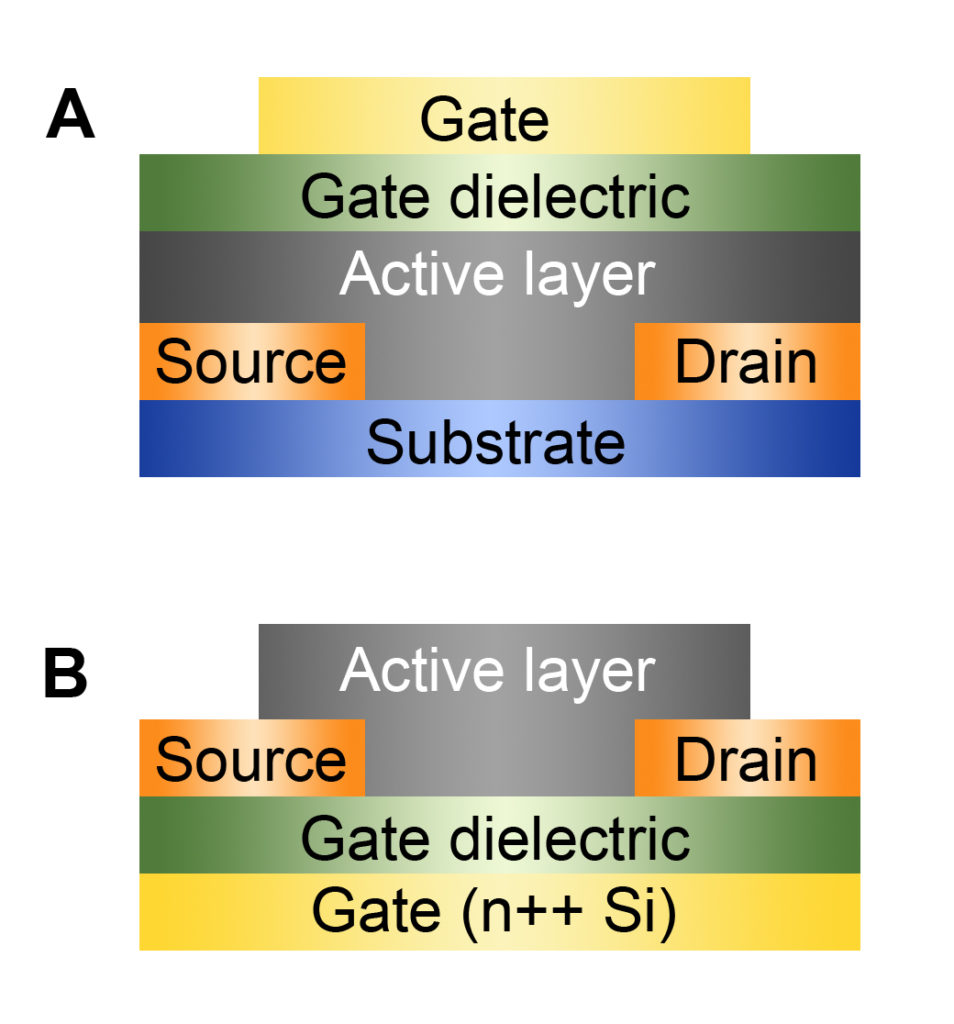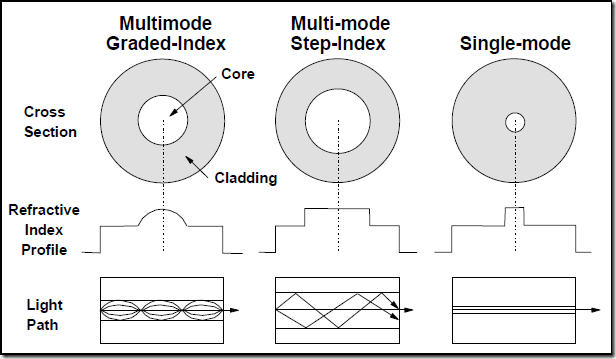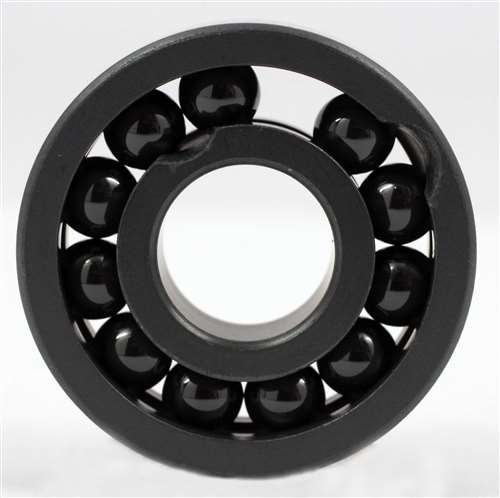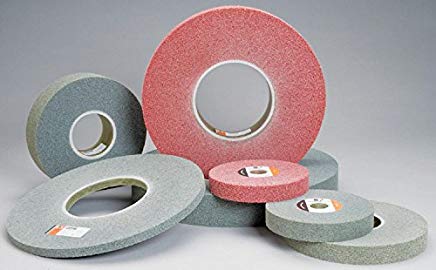Plasma Enhanced CVD is a chemical vapour deposition process which deposits thin films. In this process deposition takes place from gas state to solid state on a substrate. Reacting gases creates plasma which helps for chemical reactions.
The Plasma Enhanced CVD process takes place at 250 to 350 °C and because of low temperatures the process gases can not be thermally decomposed. The high frequency voltage helps to transform the gas into plasma state. It provides some of the energy for the deposition reaction to take place. This provides an advantage of lower temperature processing. PECVD processing temperatures range is between 200-400°C. In comparison with purely thermal processing methods like low pressure chemical vapor deposition which ranges between 425-900°C.
Plasma
This gas is partially ionize and also has high free electron content. There are two groups of plasma. Cold (also called non-thermal) and thermal. In thermal plasma, electrons and particles in the gas are at the same temperature; however, in cold plasma the electrons have a much higher temperature than the neutral particles and ions. Therefore, cold plasma can utilize the energy of the electrons by changing just the pressure. This allows a Plasma Enhanced CVD system to operate at low temperatures (between 100 and 400 degree Celsius).
Process
Plasma Enhanced CVD systems must contain two electrodes (in a parallel plate configuration), plasma gas, and also reactive gas in a chamber. In PECVD process, a wafer is placed on the bottom electrode. The process adds reactive gas and also deposition elements into the chamber. Plasma fills the chamber between the two electrodes and then it gets excited with Voltage. The excited state plasma then bombards the reactive gas causing dissociation. This dissociation deposits the desired element onto the wafer.
Applications
The films typically deposited using PECVD are silicon nitride (SixNy), silicon dioxide (SiO2), silicon oxy-nitride (SiOxNy), silicon carbide (SiC), and also amorphous silicon (α-Si). Silane (SiH4) is the silicon source gas. This is combined with an oxygen source gas to form silicon dioxide similarly a nitrogen gas source to produce silicon nitride.

Silicon dioxide and silicon nitride are dielectric (insulating) materials. They commonly used in the fabrication of electronic devices to isolate multiple conductive layers, capacitors, and for surface passivation. These films are also used for encapsulation to protect devices from corrosion by atmospheric elements such as moisture and oxygen.
Silicon Oxy-nitride
Thin films of silicon oxynitride can be grown on silicon using a variety of plasma deposition techniques and used in microelectronics as a dielectric layer alternative to silicon dioxide and silicon nitride with the advantages of low leakage currents and high thermal stability.

In these films, if we change the nitrogen/oxygen ratio then their refractive index can be continuously tuned between the value of ~1.45 for silicon dioxide and ~2.0 for silicon nitride. This property is useful for gradient-index optics components such as graded-index fibers.

Silicon Nitride
Automotive
One of the major applications of sintered silicon nitride is in automobile industry as a material for engine parts. Those include, in diesel engines, glow plugs for faster start-up; pre-combustion chambers (swirl chambers) for lower emissions, faster start-up and lower noise; turbocharger for reduced engine lag and emissions. Spark ignition engines uses rocker arm pads of Silicon nitride because of its lower wear. Also used in turbocharger for lower inertia and less engine lag, and in exhaust gas control valves for increased acceleration.
Bearing
Silicon nitride bearings are both full ceramic bearings and ceramic hybrid bearings with balls in ceramics and races in steel. Silicon nitride ceramics have good shock resistance compared to other ceramics. That is why, performance bearings are made of silicon nitride. A representative example is use of silicon nitride bearings in the main engines of the NASA’s Space Shuttle.

Since silicon nitride ball bearings are harder than metal, this reduces contact with the bearing track. This results in 80% less friction, 3 to 10 times longer lifetime, 80% higher speed, 60% less weight, the ability to operate with lubrication starvation, higher corrosion resistance and higher operation temperature, as compared to traditional metal bearings. Silicon nitride balls weigh 79% less than tungsten carbide balls. Silicon nitride ball bearings can be found in high end automotive bearings, industrial bearings, wind turbines, motor sports, bicycles, roller blades and skateboards. These bearings are especially useful in applications where corrosion, electric or magnetic fields prohibit the use of metals. For example, in tidal flow meters, where seawater attack is a problem, or in electric field seekers.
High temperature materials
High temperature applications mostly require silicon nitride. It is one of the few monolithic ceramic materials capable of surviving the severe thermal shock and thermal gradients generated in hydrogen-oxygen rocket engines.
Metal Working and cutting tools
The first major application of Si3N4 was abrasive and cutting tools. Monolithic silicon nitride is used as a material for cutting tools, due to its hardness, thermal stability, and resistance to wear. It is especially recommended for high speed machining of cast iron. Hot hardness, fracture toughness and thermal shock resistance mean that sintered silicon nitride can cut cast iron, hard steel and nickel-based alloys with surface speeds up to 25 times quicker than those obtained with conventional materials such as tungsten carbide. The use of Si3N4 cutting tools has had a dramatic effect on manufacturing output. For example, face milling of gray cast iron with silicon nitride inserts doubled the cutting speed, increased tool life from one part to six parts per edge, and reduced the average cost of inserts by 50%, as compared to traditional tungsten carbide tools.

For More articles on Vacuum Technology please subscribe
